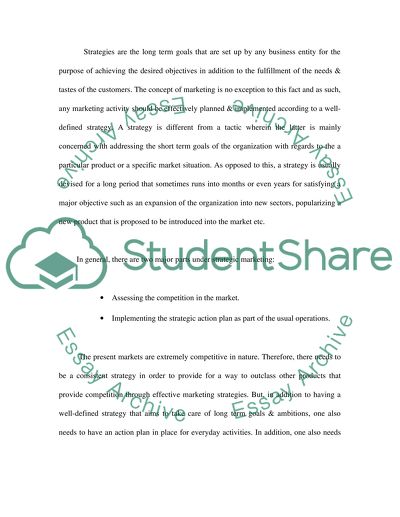Cite this document
(Competitor Analysis and Marketing Models at Tesco Case Study, n.d.)
Competitor Analysis and Marketing Models at Tesco Case Study. Retrieved from https://studentshare.org/marketing/1509614-competitor-analysis-master-assignment
Competitor Analysis and Marketing Models at Tesco Case Study. Retrieved from https://studentshare.org/marketing/1509614-competitor-analysis-master-assignment
(Competitor Analysis and Marketing Models at Tesco Case Study)
Competitor Analysis and Marketing Models at Tesco Case Study. https://studentshare.org/marketing/1509614-competitor-analysis-master-assignment.
Competitor Analysis and Marketing Models at Tesco Case Study. https://studentshare.org/marketing/1509614-competitor-analysis-master-assignment.
“Competitor Analysis and Marketing Models at Tesco Case Study”, n.d. https://studentshare.org/marketing/1509614-competitor-analysis-master-assignment.


